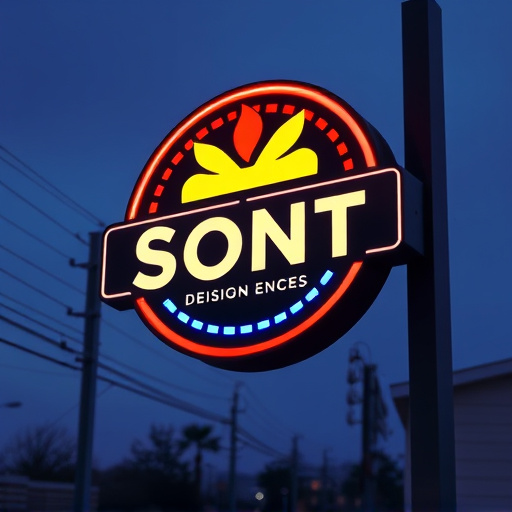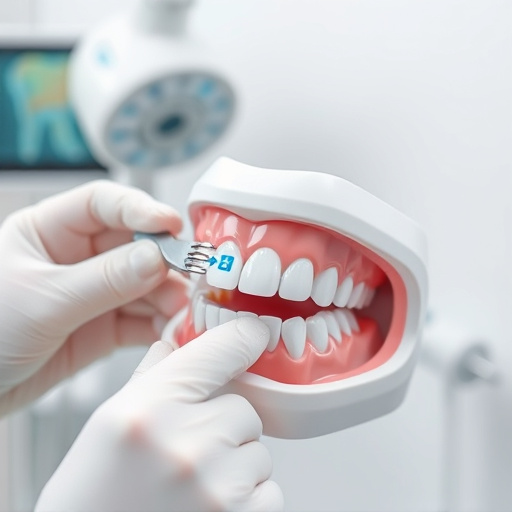Effective medical website design attracts and retains patients by offering user-friendly experiences, clear healthcare information, and strategic call-to-actions (CTAs). Local SEO boosts visibility, while custom design strengthens online presence, driving targeted traffic and improving patient engagement. Compelling CTAs, integrated seamlessly into the user experience, enhance conversion rates and Google rankings. Partner with an SEO company for optimization and achieve measurable results in medical website design.
In today’s digital age, a well-designed medical website is not just beneficial; it’s essential. Understanding user needs and crafting effective call-to-actions (CTAs) are pivotal for engaging patients and conveying critical healthcare information. This article explores strategies to enhance medical website design with clear CTAs. We delve into identifying user requirements, creating compelling CTAs, and adhering to best practices for visually appealing designs that not only capture attention but also guide users toward desired actions. Discover how these elements contribute to an optimal medical website experience.
- Understanding User Needs in Medical Websites
- Crafting Effective Call-to-Actions for Healthcare
- Best Practices for Visually Appealing Design and CTAs
Understanding User Needs in Medical Websites

In the realm of medical website design, understanding user needs is paramount. Patients today are well-informed and expect intuitive, easy-to-navigate websites that offer clear information about healthcare services and professionals. A well-designed medical website should cater to various user personas, from prospective patients seeking general information to existing clients requiring secure access to their health records. By incorporating effective call-to-actions (CTAs), healthcare providers can guide users through the patient journey, from initial consultation to scheduling appointments and accessing aftercare resources.
Local SEO Dallas plays a significant role in enhancing visibility for medical practices serving specific geographic areas. Custom website design that incorporates local citation services ensures consistent listing across various platforms, boosting online presence and driving targeted traffic. Medical websites designed with user needs in mind not only facilitate patient engagement but also improve conversion rates, ultimately leading to better outcomes for both patients and healthcare providers.
Crafting Effective Call-to-Actions for Healthcare

Crafting compelling call-to-actions (CTAs) is a crucial aspect of successful medical website design. When designing CTAs for healthcare websites, it’s essential to understand your target audience and their needs. Effective CTAs in the medical sector should encourage users to take specific actions that align with their health-related goals or address their concerns. For instance, a CTA on a diagnostic service page might prompt visitors to “Schedule an Appointment” or “Request an Online Consultation.” These actions directly contribute to improved patient engagement and can enhance conversion rates, ultimately boosting the website’s performance and its potential to improve Google search rankings.
Incorporating SEO-friendly language in your CTAs is another strategic move. Using relevant keywords like “medical care,” “health solutions,” or “wellness services” within these buttons or links can signal to search engines that your site offers valuable, targeted information. Moreover, integrating CTAs with a seamless user experience ensures that visitors are guided naturally through the website’s journey. Consider enlisting the help of an experienced SEO company in Plano to conduct a thorough SEO audit and optimize your medical website design, ensuring its CTAs not only capture attention but also drive measurable results.
Best Practices for Visually Appealing Design and CTAs

In the realm of medical website design, visually appealing aesthetics and clear call-to-actions (CTAs) are paramount to engaging users effectively. A balanced design that incorporates high-quality visuals, intuitive navigation, and compelling typography can significantly enhance user experience. Use of vibrant colors, well-spaced layouts, and easily readable fonts ensures the website is not just visually pleasing but also accessible for all audiences.
When incorporating CTAs into a medical website, relevance and urgency are key. Strategically placed buttons or links with action-oriented language like “Book Appointment,” “Learn More,” or “Contact Us” guide visitors towards desired actions. Consistent use of contrasting colors for CTAs against the background improves visibility, encouraging users to take the intended next step. For optimal results in web design South Florida, consider integrating local SEO Frisco strategies to ensure your medical website resonates with target audiences in Dallas and beyond.
In the realm of medical website design, understanding user needs and crafting compelling call-to-actions (CTAs) are paramount. By integrating best practices for visually appealing design and CTAs, healthcare providers can enhance patient engagement and conversion rates. Effective medical website design not only navigates users through complex information but also encourages them to take the next step, whether it’s scheduling an appointment or requesting more details. This strategic approach ensures that websites become powerful tools in delivering quality healthcare services.














